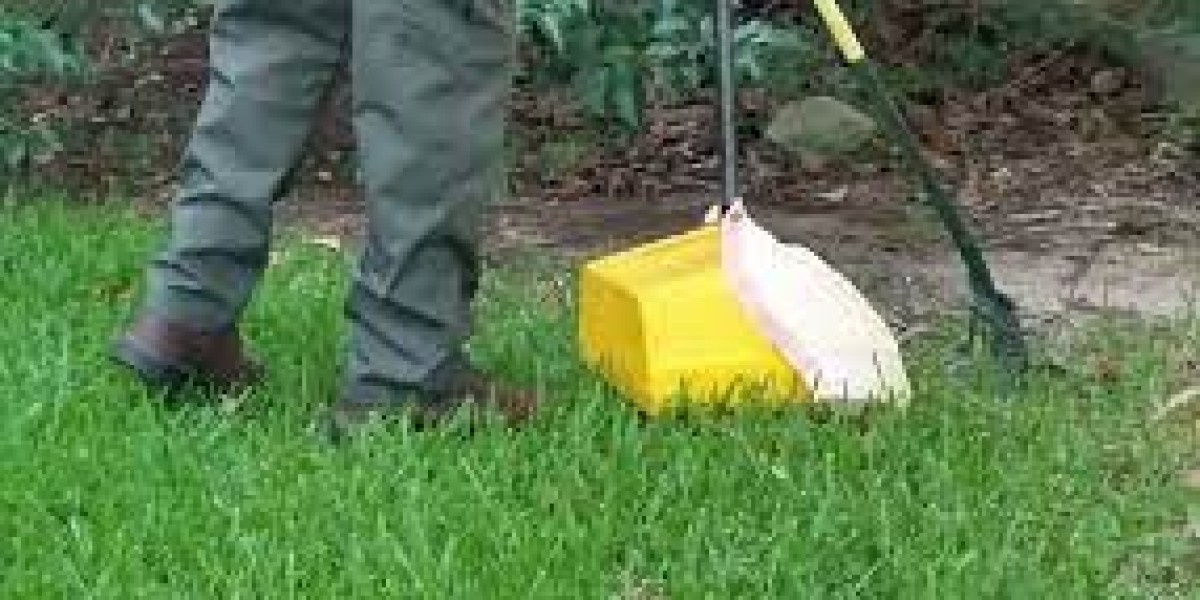Pet ownership brings joy and companionship, but it also comes with certain responsibilities. One such responsibility is cleaning up after your furry friend. In this article, we will delve into the world of pet poop clean up, discussing its importance, methods, and the benefits of hiring professional services. Whether you're a seasoned pet owner or considering bringing a new four-legged companion into your life, understanding how to handle pet waste is crucial for a healthy and harmonious living environment.
Introduction
Pet poop clean up is the process of removing and disposing of waste left by pets, such as dogs and cats, in a sanitary and responsible manner. It involves taking necessary measures to maintain cleanliness, hygiene, and the overall well-being of both pets and their human counterparts.
Importance of Pet Poop Clean Up
Proper pet waste removal is essential for several reasons. Firstly, it helps to maintain a clean and odor-free environment. Nobody wants to step on a pile of pet waste while walking through their yard or community park. By promptly cleaning up after your pet, you contribute to a cleaner and more pleasant living space for everyone.
Secondly, pet waste can pose health risks to both humans and other animals. It contains harmful bacteria, parasites, and viruses that can contaminate soil and water sources. If left untreated, these pathogens can spread diseases, including toxocariasis, salmonellosis, and giardiasis. By regularly cleaning up after your pet, you reduce the chances of infection and protect the well-being of your family and the community.
Health Risks Associated with Pet Poop
Pet waste harbors various pathogens that can cause serious health issues. For instance, the parasite Toxocara canis, commonly found in dog feces, can lead to toxocariasis if ingested. This can result in fever, cough, asthma, and even vision impairment, particularly in children. Similarly, the bacteria Campylobacter and Salmonella, often present in cat and dog waste, can cause severe gastrointestinal infections in humans.
Methods of Pet Poop Clean Up
1. Traditional Scooping: The most common method of pet waste removal is manually scooping it using a bag or shovel. This method is suitable for small yards or immediate clean-up needs. Remember to use biodegradable bags and properly dispose of the waste in designated trash bins.
2. Disposable Bags: Disposable bags provide a convenient option for on-the-go waste disposal. These bags are designed to seal in the odor and bacteria, ensuring a hygienic clean-up experience. Simply pick up the waste, tie the bag securely, and dispose of it in a suitable trash bin.
3. Pooper Scoopers: Pooper scoopers are long-handled tools with a scoop or rake attachment, designed specifically for pet waste removal. They allow you to clean up the waste without bending over, making the process more comfortable and hygienic. Pooper scoopers are available in various sizes and designs to accommodate different pet waste quantities.
4. Professional Services: Hiring a professional pet waste removal service is an increasingly popular option for pet owners. These services offer regular yard clean-ups, ensuring a clean and sanitary environment. Professionals utilize specialized equipment and techniques to efficiently remove and dispose of pet waste, saving you time and effort.
Benefits of Hiring Professional Pet Waste Removal Services
Hiring professional pet waste removal services brings several benefits. Firstly, it saves you valuable time and effort. Instead of spending your weekends scooping poop, you can relax and enjoy quality time with your pets.
Secondly, professional services ensure thorough and efficient clean-ups. They have the expertise and equipment to handle any amount of pet waste, eliminating the risk of leaving behind traces of feces that could harm your health.
Additionally, these services often offer regular schedules, ensuring consistent cleanliness in your yard. This is especially beneficial for busy pet owners or individuals with limited mobility.
Environmental Impact of Pet Waste
Pet waste has a significant environmental impact when not disposed of properly. When left on the ground, it can be washed into storm drains, contaminating water sources and harming aquatic ecosystems. The nutrients in pet waste also contribute to water pollution and algae blooms, depleting oxygen levels and endangering aquatic life.
To minimize the environmental impact, always pick up after your pets and dispose of the waste in appropriate trash bins. Avoid flushing pet waste down the toilet, as it can interfere with wastewater treatment systems and contaminate natural water bodies.
Tips for Effective Pet Poop Clean Up
1. Clean up after your pet immediately: Promptly removing pet waste prevents the spread of bacteria and minimizes the risk of transmission.
2. Use biodegradable bags: Opt for biodegradable poop bags that are eco-friendly and break down naturally over time.
3. Double bag if necessary: When dealing with particularly large or messy waste, double bagging can provide extra protection against leaks and odors.
4. Wash your hands thoroughly: After handling pet waste, wash your hands with soap and warm water to prevent the transfer of bacteria.
5. Regularly sanitize your cleaning tools: If using scoopers or shovels, ensure they are properly cleaned and disinfected after each use to maintain hygiene.
Preventing Pet Poop Issues
Proper training and preventive measures can help minimize pet poop issues. Start by house-training your pet from an early age, rewarding them for eliminating waste in designated areas. Create a routine that allows regular bathroom breaks for your pet to prevent accidents indoors.
If you have a yard, consider fencing off a designated area for your pet's bathroom needs. This helps in containing the waste and makes clean-up more manageable.
Training Pets for Proper Poop Elimination
Training your pet for proper poop elimination is essential for maintaining cleanliness. Start by observing your pet's behavior and identifying signs that indicate they need to go. Reward them for eliminating waste in appropriate areas and gently redirect them if they show signs of going in inappropriate places.
Consistency, positive reinforcement, and patience are key when training your pet. Seek professional help or consult resources for effective training techniques if needed.
Understanding Local Regulations on Pet Waste
Different areas may have specific regulations regarding the disposal of pet waste. Some communities require pet owners to pick up after their pets, while others provide designated waste disposal areas. Familiarize yourself with the local regulations and follow them accordingly to ensure a clean and respectful environment.
DIY Pet Poop Clean Up Solutions
If you prefer a DIY approach to pet poop clean up, there are several homemade solutions you can try. One common method is to mix equal parts water and vinegar in a spray bottle and use it to clean affected areas. Vinegar helps neutralize odors and acts as a natural disinfectant.
Another DIY solution is using baking soda. Sprinkle baking soda on the affected area, let it sit for a while, and then vacuum or sweep it up. Baking soda helps absorb odors and freshen the area.
Remember to always test these solutions in inconspicuous areas first to ensure they do not damage or discolor surfaces.
Conclusion
Proper pet poop clean up is a crucial responsibility for pet owners. It helps maintain a clean and healthy environment, minimizes health risks, and prevents environmental pollution. Whether you choose to clean up manually, use disposable bags, or hire professional pet waste removal services, ensuring prompt and effective pet waste removal is essential. By following the tips and guidelines mentioned in this article, you can create a safe and sanitary living environment for both you and your beloved pets.








